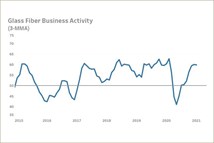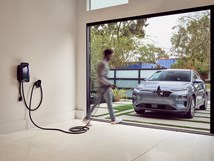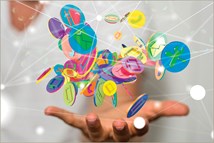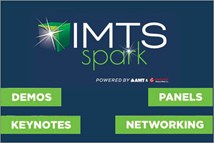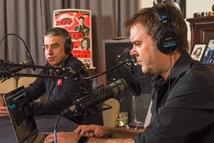Audi Brings Connected Traffic Light Tech to Europe
Volkswagen AG’s Audi unit is introducing its in-vehicle Traffic Light Information system, which has been available in several U.S. cities since late 2016, in Europe this summer.
Volkswagen AG’s Audi unit is introducing its in-vehicle “Traffic Light Information” system, which has been available in several U.S. cities since late 2016, this summer in Europe.
The vehicle-to-infrastructure communications technology informs drivers when a traffic light is about to change. A new feature added earlier this year displays the optimal speed a vehicle should be driving to ensure motorists hit the next light when it is green. Audi says the system can help improve traffic flow and reduce driver stress.
Audi notes that implementing the technology is more challenging in Europe because of decentralized data standards and less uniformity among local traffic lights. The European rollout will begin in Ingolstadt, Germany, then spread next year to other select European cities and countries.

In the U.S., the service works at more than 5,000 intersections in six U.S. cities (Denver, Houston, Las Vegas, Los Angeles, Portland and Washington, D.C.). The capability will expand to other American and Canadian cities in coming years. Audi also is testing the system in Wuxi, China.
In Germany, Audi is working with Traffic Technology Services, which collects data from city traffic management centers and transmits it to the carmaker’s computer servers. Information is relayed to Audi vehicles via wi-fi connections.
Availability in Europe will be limited to 2020 model vehicles equipped with Audi’s Navigation and Infotainment package and a separate traffic sign recognition camera.
Audi envisions adding more features to the system’s “time-to-green” and “green light optimized speed advisory” capabilities. These would include automatically braking an electric vehicle when approaching a red light to optimize regenerative braking performance, and including “green wave” light optimization into route planning.
The carmaker notes that cities also could use traffic information from connected vehicles to better network traffic lights based on real-time traffic flow.
RELATED CONTENT
-
Things to Know About Cam Grinding
By James Gaffney, Product Engineer, Precision Grinding and Patrick D. Redington, Manager, Precision Grinding Business Unit, Norton Company (Worcester, MA)
-
On Electric Pickups, Flying Taxis, and Auto Industry Transformation
Ford goes for vertical integration, DENSO and Honeywell take to the skies, how suppliers feel about their customers, how vehicle customers feel about shopping, and insights from a software exec
-
GM Develops a New Electrical Platform
GM engineers create a better electrical architecture that can handle the ever-increasing needs of vehicle systems



